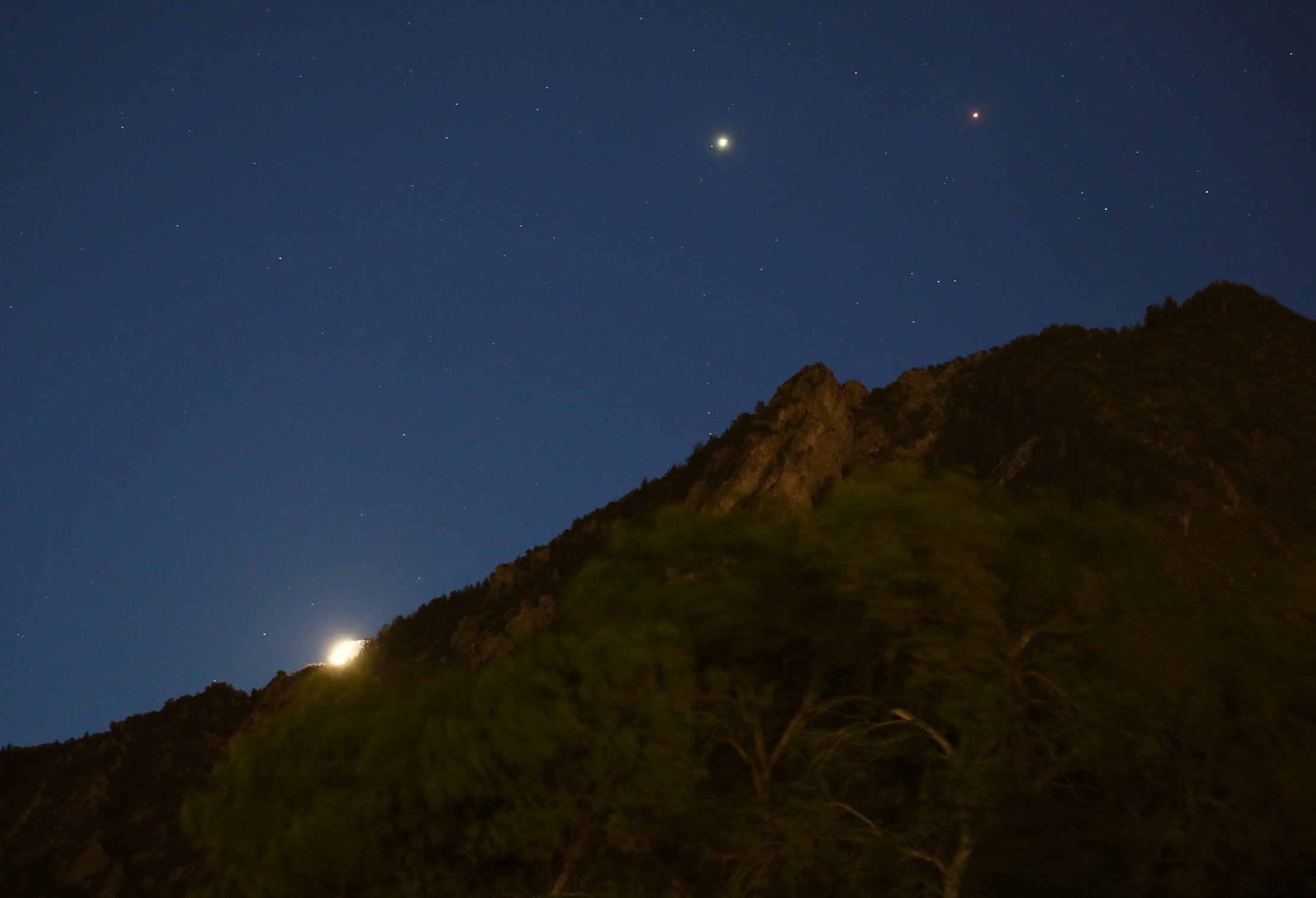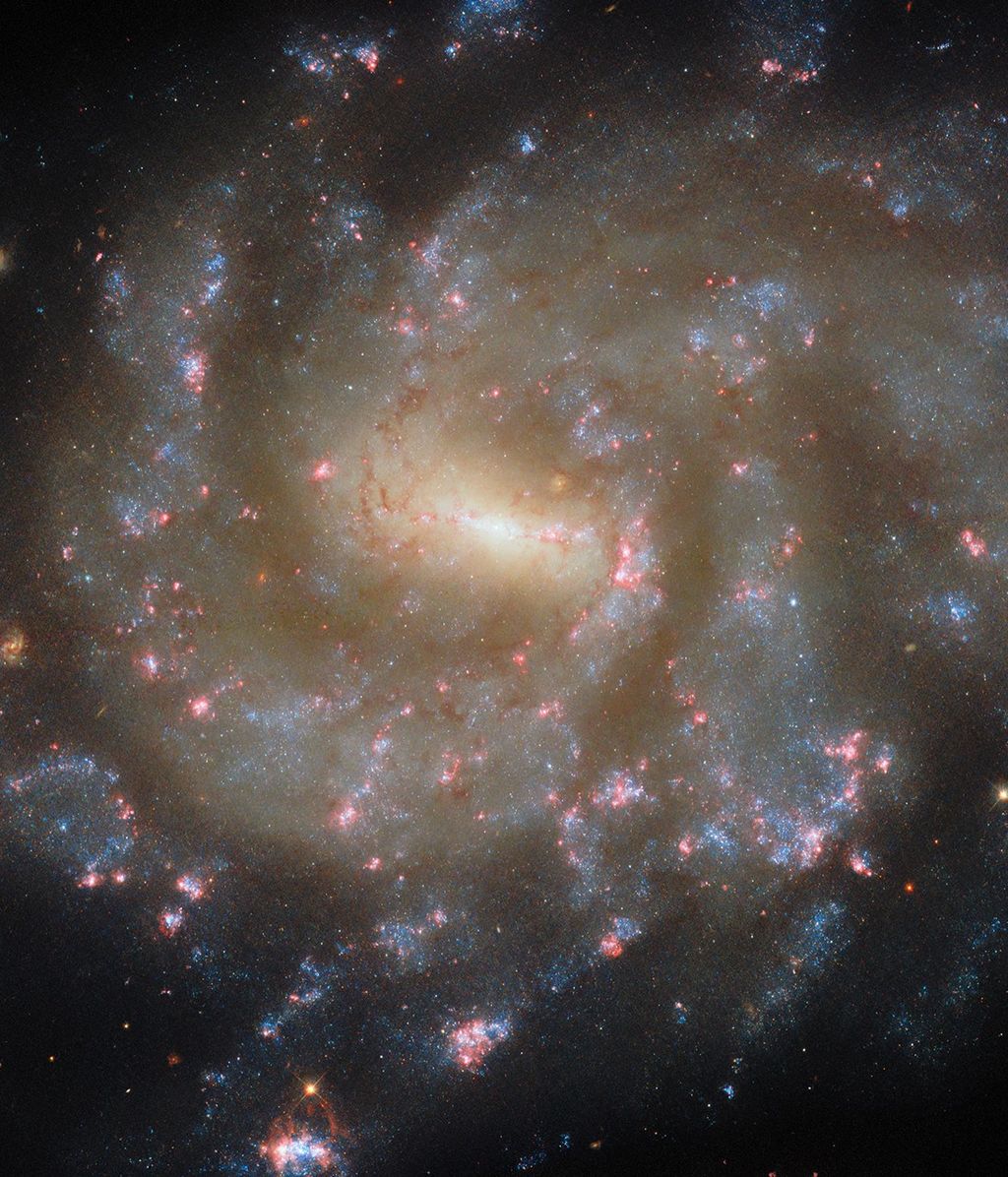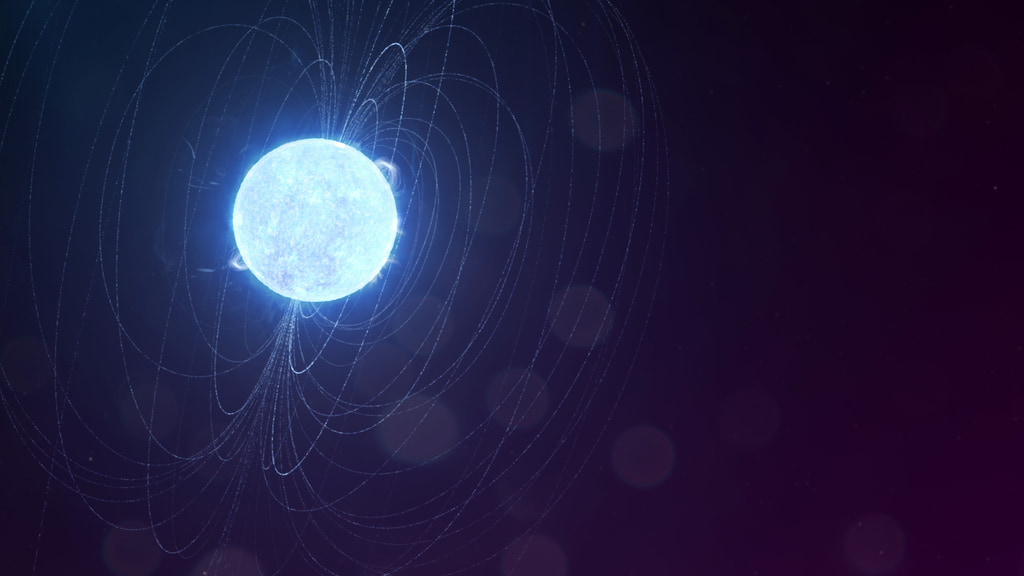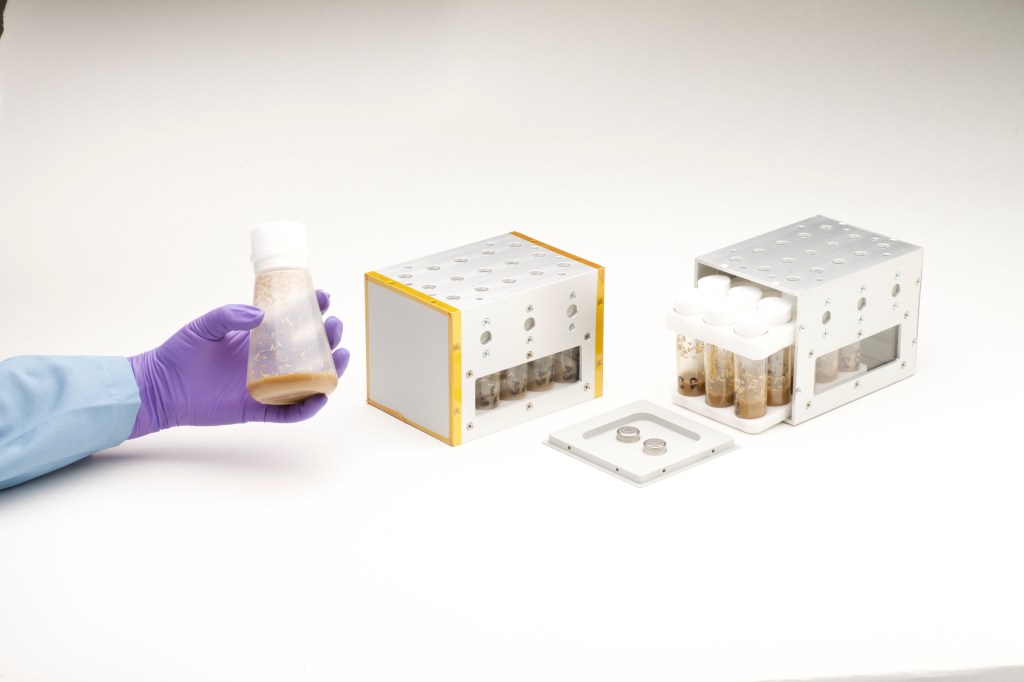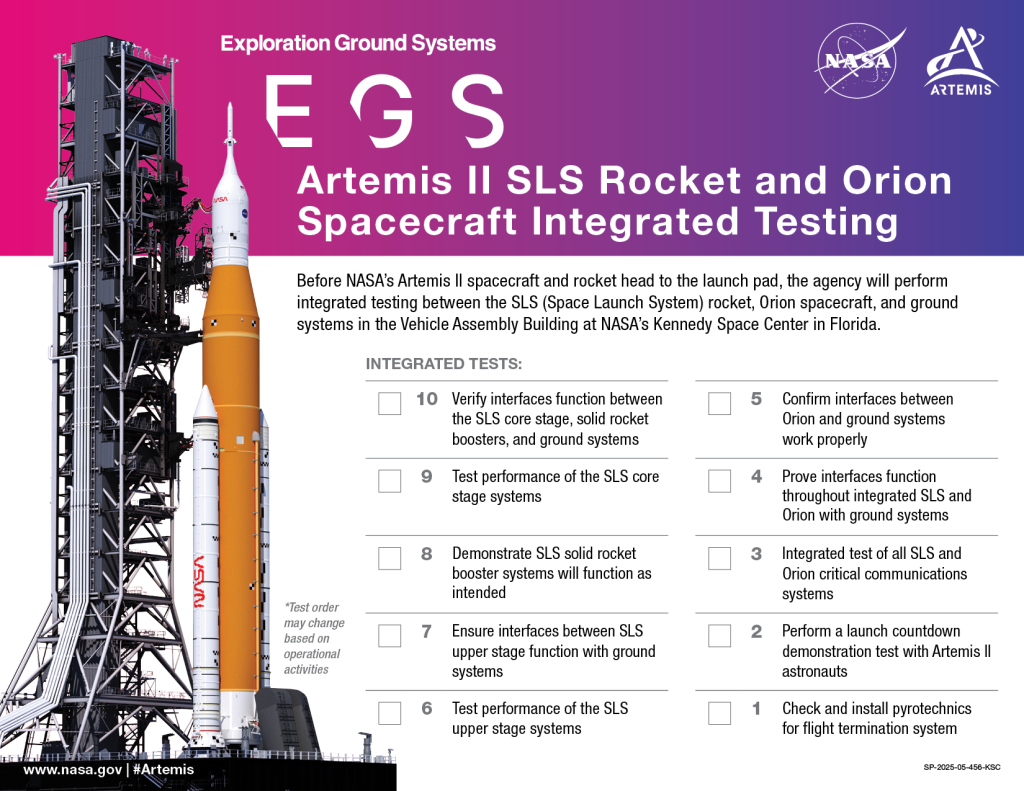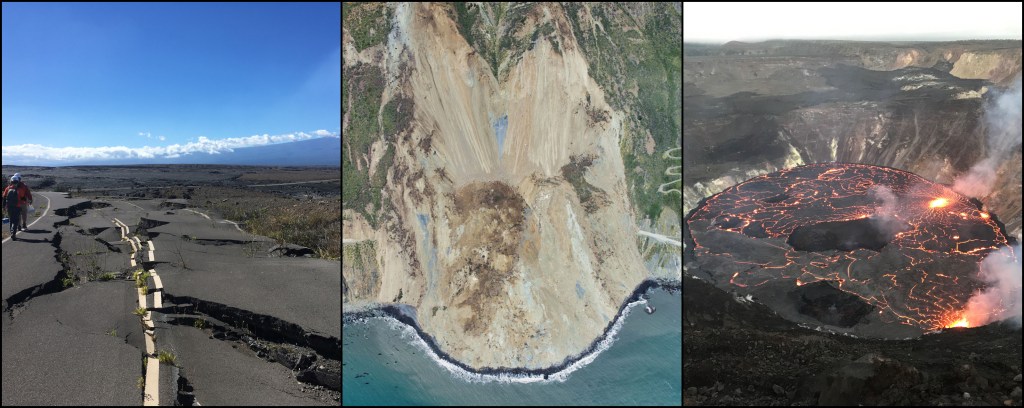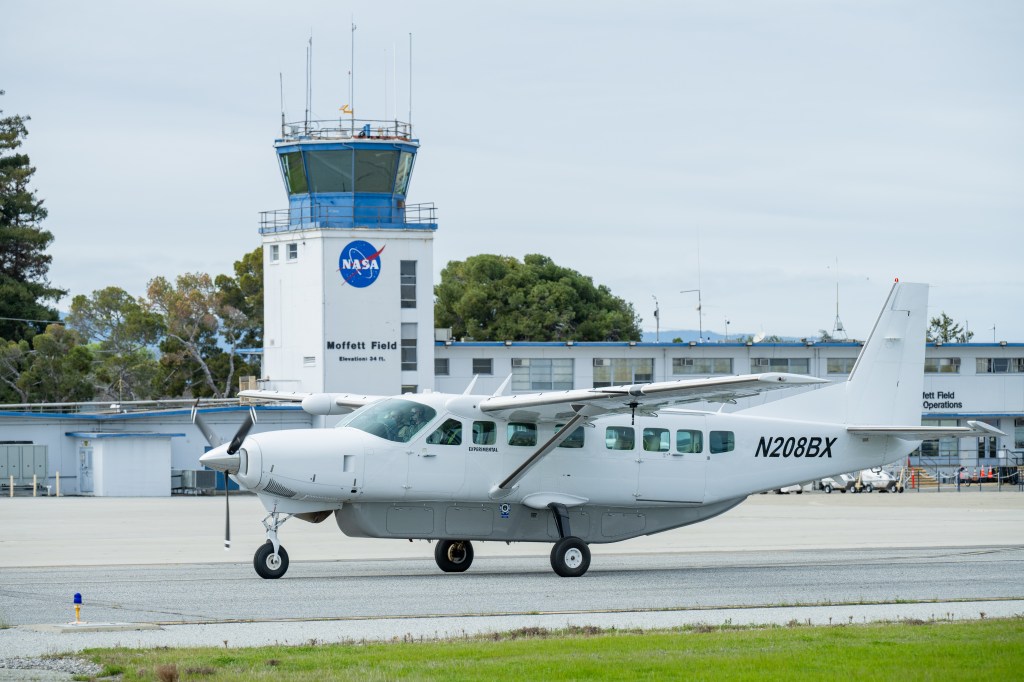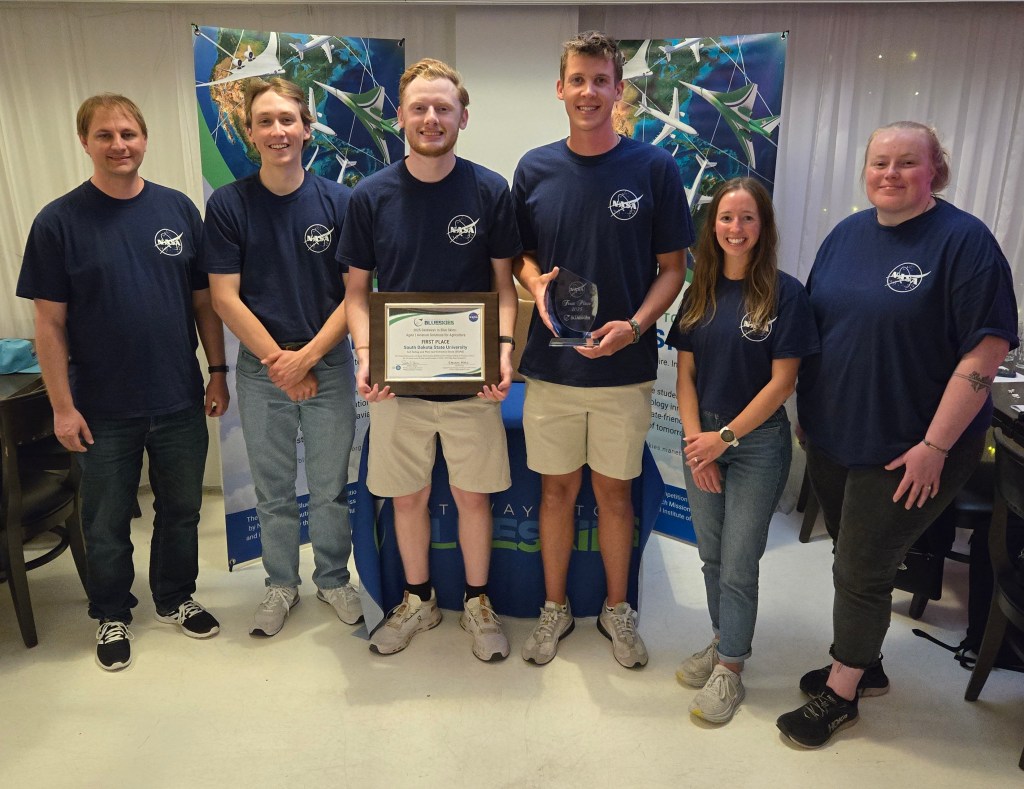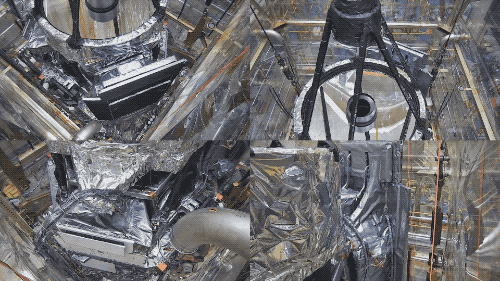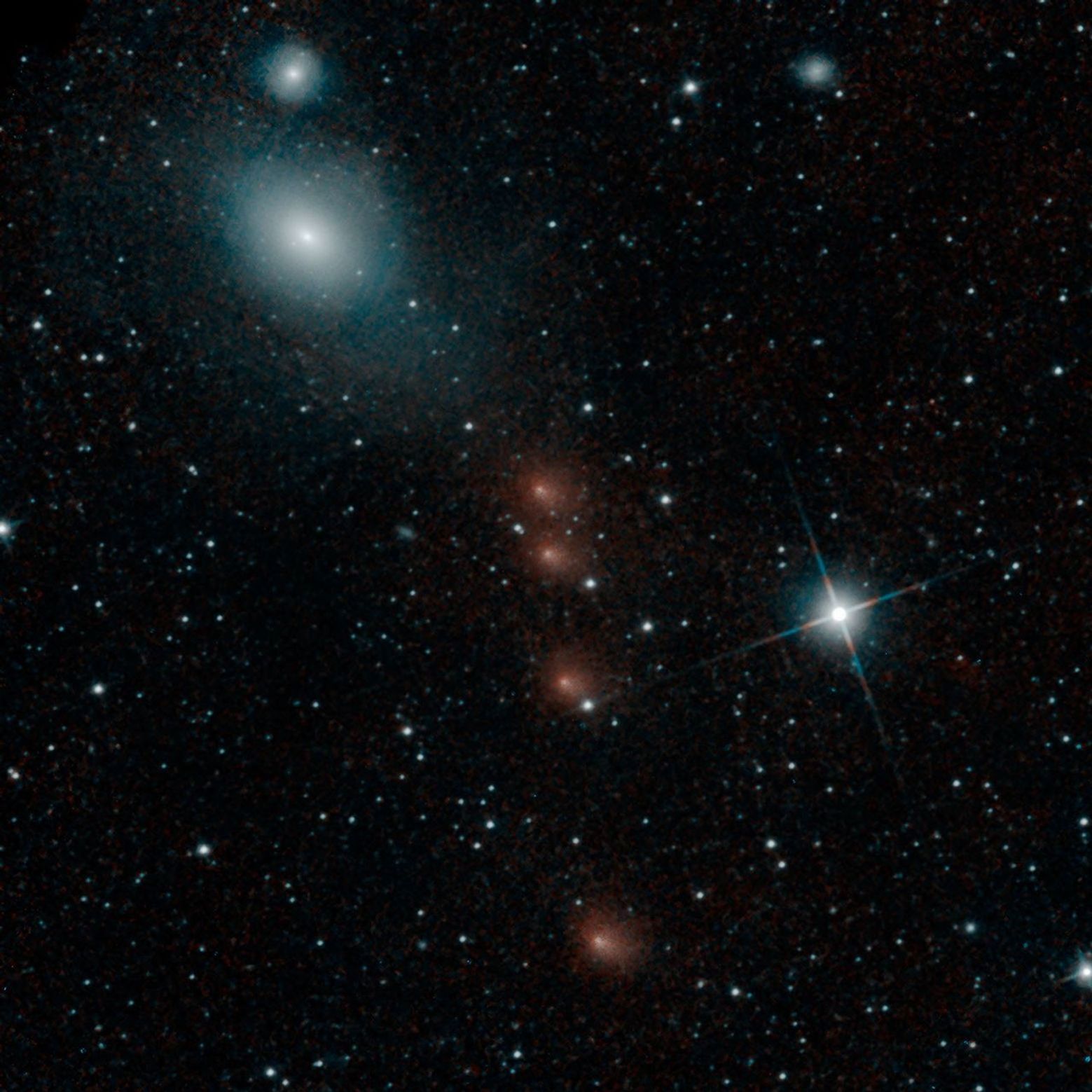NEOWISE Spies Comet C/2013 A1 Siding Spring a Second Time
| Credit | NASA/JPL-Caltech |
|---|---|
| Language |
|
NASA's NEOWISE mission detected comet C/2013 A1 Siding Spring on July 28, 2014, less than three months before this comet's close flyby of Mars on Oct. 19.
NEOWISE took multiple images of the comet, combined here so that the comet is seen in four different positions relative to the background stars. The image also includes, near the upper right corner, a view of radio galaxy Fornax A (NGC1316).
NEOWISE previously observed comet Siding Spring on Jan. 16, 2014 (see http://www.jpl.nasa.gov/spaceimages/details.php?id=PIA17833). NEOWISE is part of a team of observation resources to characterize the comet for the encounter with our neighboring planet. At the time of the July 28 observations, the comet was 144 million miles (1.55 astronomical units) from NEOWISE and 175 million miles (1.88 astronomical units) from the sun. The observations help constrain estimates of dust and gas production as this comet from the outer solar system approaches Mars.
NGC1316 is a famous radio galaxy, the fourth-brightest radio source in the sky at 1400 megahertz. It is in the Fornax galaxy cluster, which also includes two other galaxies visible in the image. NGC1316 has an active nucleus, as evidenced by a radio jet and a compact nuclear gas disk. It is thought to be the remnant of a merger between a large elliptical galaxy and a smaller spiral galaxy about 100 million years ago.
For more information about comet Siding Spring, see http://mars.nasa.gov/comets/sidingspring/.
For more information about NEOWISE, see http://neowise.ipac.caltech.edu/.



